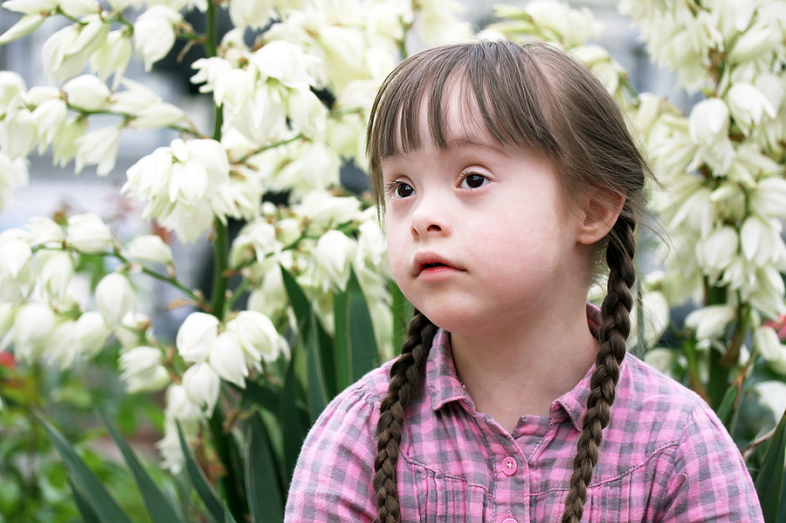
Special Education
Photo credit: DenysKuvaiev/Bigstock

Photo credit: DenysKuvaiev/Bigstock
Shrouded in legalese and confusing acronyms, special education can be a daunting topic to cover for even the most experienced education reporters.
Across the U.S., more than 7 million children in pre-K through the 12th grade receive special education services at school — that’s about 14 percent of the total public school population.
Sometimes, their disabilities, or “exceptionalities,” may be visible, such as a physical impairment. For most, though, what makes learning difficult isn’t immediately apparent, thereby complicating the challenge for teachers, parents and even the students themselves to discover what exactly it is they need to be successful in school.
Because of privacy laws, getting to these students and their stories isn’t easy. But when done, special education reporting can lead to both compelling and impactful journalism.
For journalists looking to dig into the topic, there’s good news: Just like the vast array of student needs, the avenues to probe in special education are seemingly limitless.
Too often, districts and schools set policies without first considering their impact on students with disabilities, leading to innumerable issues reporters can — and should — interrogate through both daily and enterprise stories.
Whether reporters cover a specific special education issue or incorporate students with disabilities into their generalized coverage, the inclusion and visibility of these issues and voices may prove necessary to provoke needed change.
Opportunities for investigation in special education include the over- or under-identification of Black and brown students for different special education programs; the disproportionate use of seclusion and physical restraint on students with disabilities; and the intersection of special education and school choice.
And in a post-pandemic learning environment, stories about special education show no signs of slowing down — from whether schools will meet their legal obligations to provide makeup services for those missed during remote learning, to whether schools will have enough qualified staff to deliver those services.
Expanding coverage of special education could prove critical for the future of equity and access in our nation’s public schools, as studies show inclusive learning environments benefit all students.
Updated May 2021.
Your post will be on the website shortly.
We will get back to you shortly